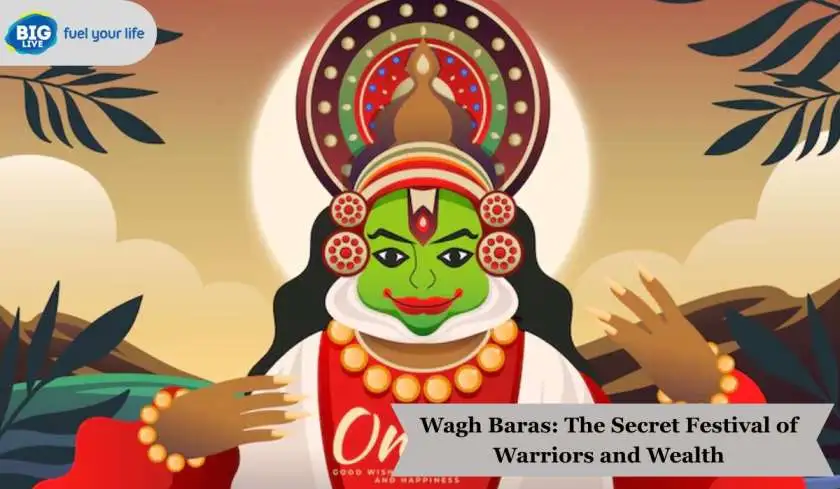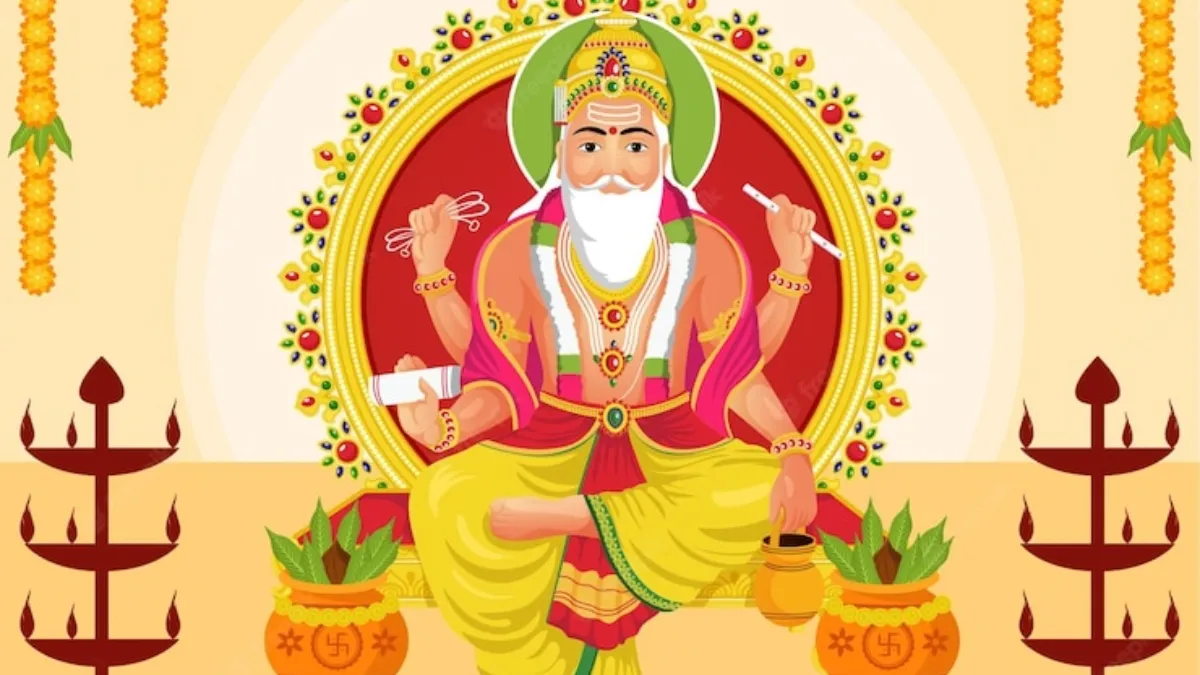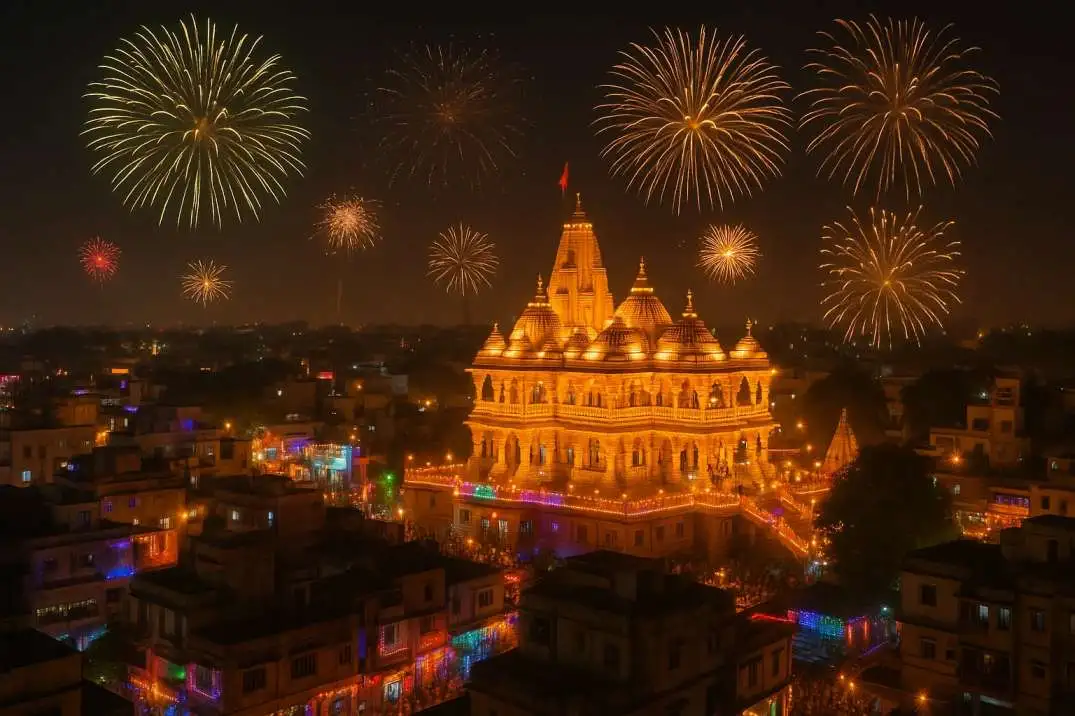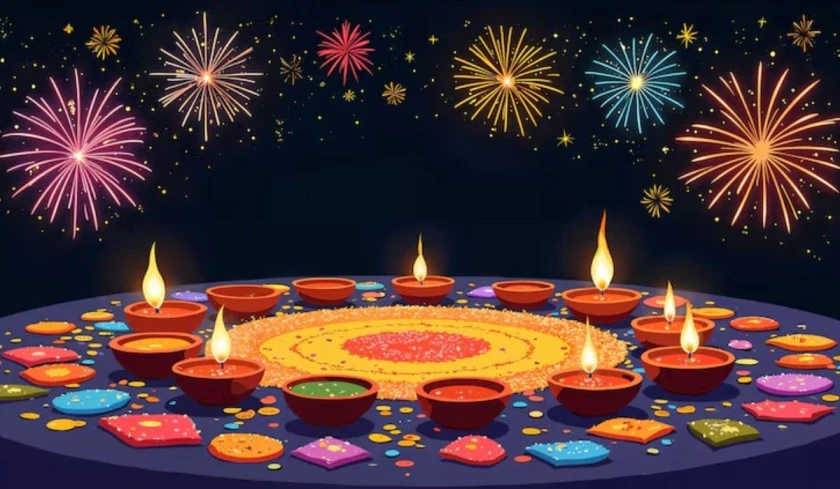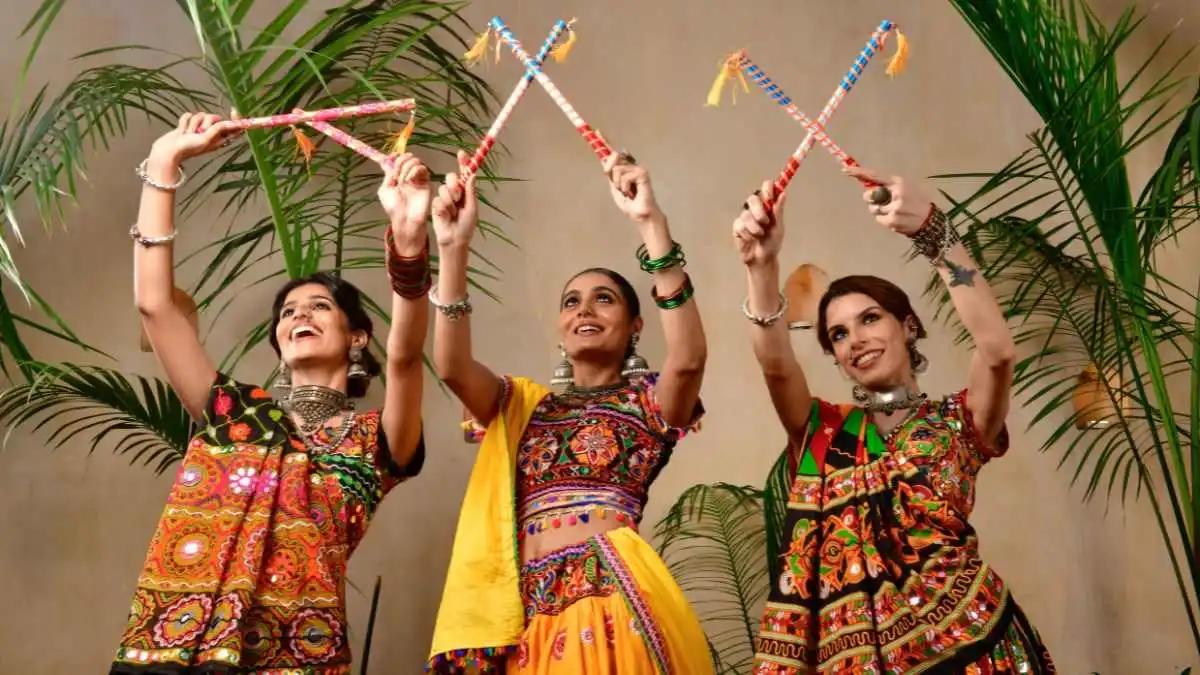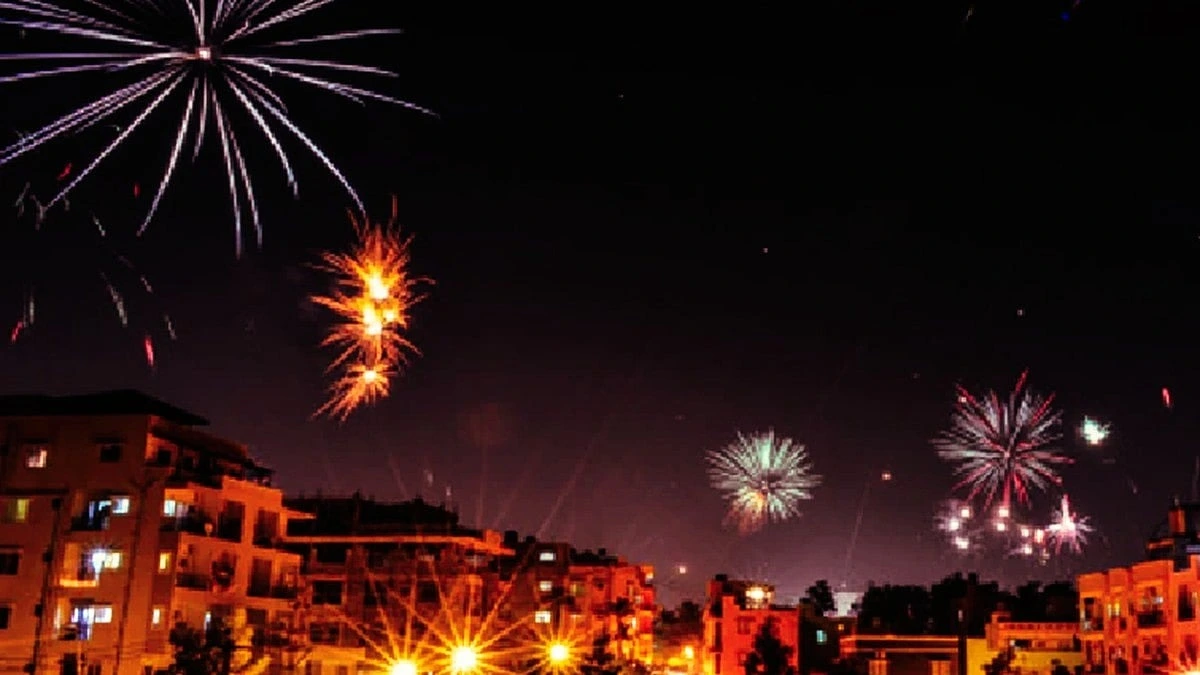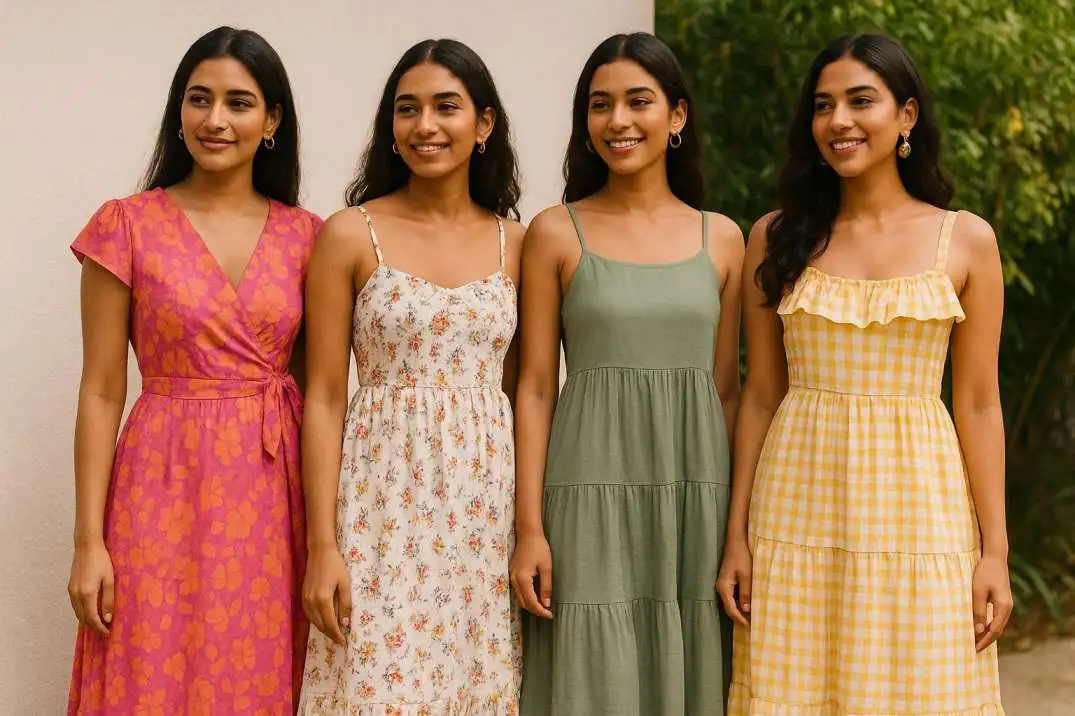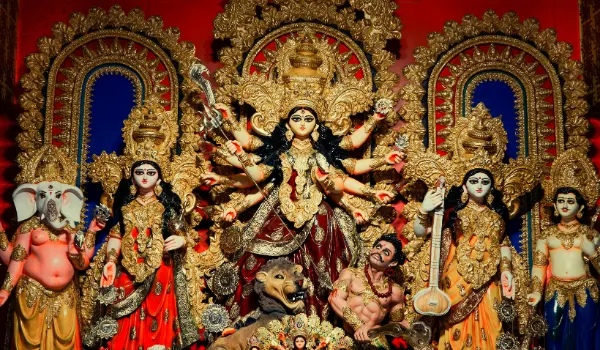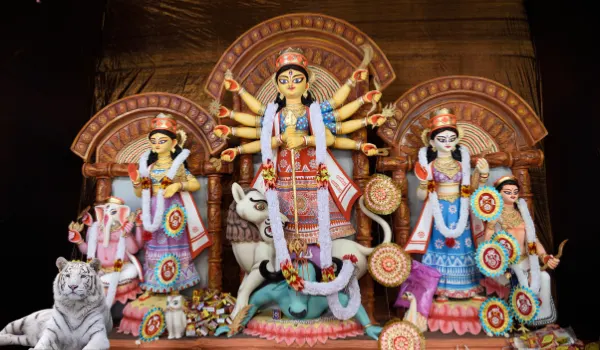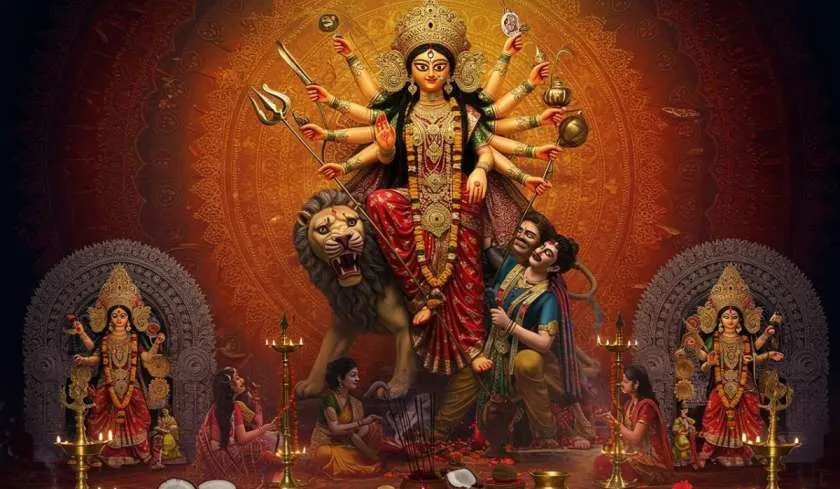If you have visited a little Maharastrian village just before Diwali, you will sense something mellow in the atmosphere. It's something gentler than firecracker noises or major celebrations.
A cow decorated by kids, a soft prayer whispered by a mother, or an ancient man sitting with his ledger, drawing a line across the final entry of the year. That day is Wagh Baras, and though it may not be famous, it’s one of the most meaningful days for many across the state.
A Day Without Fanfare but Full of Feeling
Wagh Baras comes just a couple of days before Diwali starts. It is observed on the 12th day of the waning phase of the moon in the month of Kartik, and while it may be referred to as Govatsa Dwadashi in various regions of India, in Maharashtra.
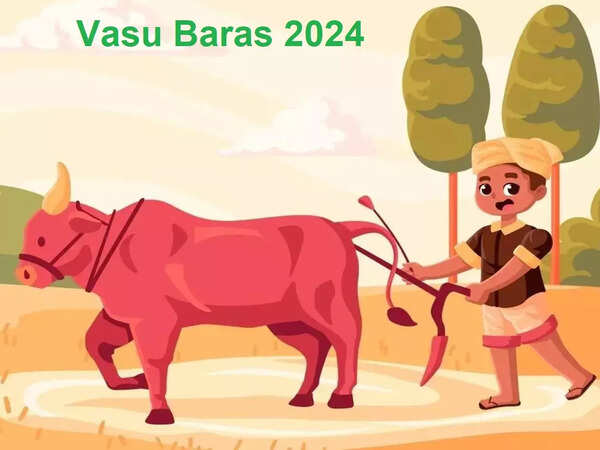
The especially in the interior belts and tribal regions, the meaning shifts. It isn’t one of those festivals that make it to headlines or online reels. But here, in homes that still smell of fresh dung cakes and warm bhakri, this day matters.
The Two Faces of the Festival: Cow and Tiger
In most farming regions Nashik, Satara, Sangli, Jalna, Beed this day is lovingly known as Vasu Baras. People bathe and decorate cows and calves, put haldi and kumkum on their foreheads, and feed them with special food usually something made with jaggery, wheat, and ghee. Children help. Women pray. Men make calm visits to the animal dwelling place before breakfast.
On the other hand, in tribal districts like Nandurbar, Palghar, and parts of Thane, the same day has another tone. It’s called Wagh Baras, where “Wagh” means tiger.
Tribals believe in a tiger spirit called Waghoba, who protects their homes and cattle. They offer rice, flowers, or even just a diya near a tiger stone shrine placed outside the village or near the forest line. There’s no priest, no crowd, no noise just a lamp, a prayer, and a moment of connection with the wild.
Settling Old Scores Without Bitterness
The manner in which merchants and entrepreneurs interact with Wagh Baras is among the most poignant aspects of it. Tiny merchants open their ledgers and balance their accounts in villages such Solapur, Kolhapur, and Pune. It's not just documents, it's a ritual.
They close the old bahi-khata, sometimes light incense, and thank Goddess Lakshmi for the business done through the year. Debts are cleared if possible, or noted again but there’s no bitterness. It’s a way to begin Diwali with a clean mind. Not just financially, but emotionally. It’s almost like the celebration is telling you, "Anything is done is done. Forgive, forget, start fresh.
Mothers Who Fast, and Cows That Receive Blessings
For women, especially in rural households, Wagh Baras is deeply personal. Married women fast on this day for their kids rather than for themselves. Even women trying to get pregnant notice this quick movement and pray quietly to Nandini, the holy cow, for fertility and good health. From rooftops, no ceremonies are shouted.
No rituals are shouted from rooftops. They’re done quietly, often in the early morning hours. A few prayers, some flowers placed near the cow’s feet, a diya on the doorstep, and a small bowl of soaked moong or rice is offered with folded hands. The cow isn’t treated like a image, she is treated like a mother. And the respect is honest.
A Clay Cow, a Bamboo Shrine, and a Village That Still Remembers
People do something quite extraordinary on this day in Konkan villages and some regions of Goa. Families congregate and construct a tiny canopy out of bamboo, within this they arrange clay models of cattle, fields, and farming tools.
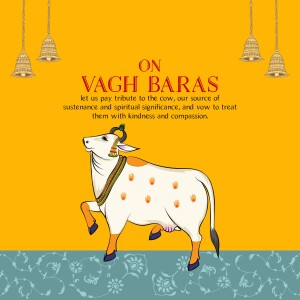
These models, decorated with lamps and later borne in a silent parade to a neighboring river or lake for immersion, are replete with symbolic food. This is how they say thanks to the rivers, the animals that kept them alive all year, and the Earth. No banners. No DJs. Just people walking together, carrying their thanks in both hands.
Not a Festival You Can Package
Wagh Baras is not something you can sell. No brand can put a sticker on it. No celebrity will tweet about it. That’s because it doesn’t need to be seen. It needs to be felt.
In a tribal hamlet where a grandmother teaches her grandson how to place rice near Waghoba’s shrine. In a sugarcane field where a farmer feeds his cow with the first cut of fresh fodder. In a shop where an old ledger is shut with a small smile and a whispered “Jai Lakshmi”.That’s where the festival lives.
What It Teaches, Quietly?
- Wagh Baras doesn’t preach. It doesn’t force. But if you observe closely, it teaches plenty:
- Respect the ones who serve silently be it cows, workers, or forests.
- Let go of past dues not just financial, but emotional ones too.
- Nature doesn’t need domination it needs co-existence.
- Wealth isn’t just money, it’s peace, animals, food, and health.
In today’s world, where everything’s about being first, being loud, being visible, this old Maharashtrian ritual remains beautifully invisible and whole.
A Festival That Glows in Silence
If you ask someone in Mumbai, they may not know what Wagh Baras is. But in a village near Yavatmal or Sindhudurg, they’ll smile and say, “Aamcha divas ahe to.” (That’s our day.) And maybe that’s what makes it special. It belongs to the people who don't shout. The ones who still fold their hands before a cow. Who still light a lamp in the forest without fear. Who still believe in clearing hearts before cleaning homes.



